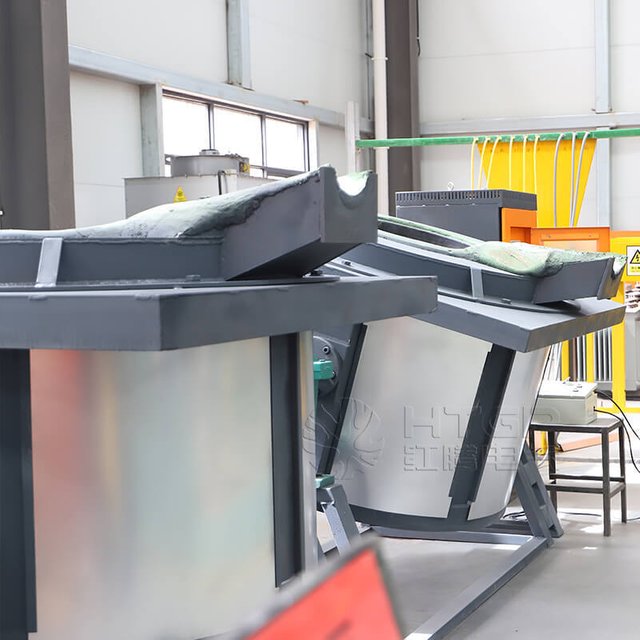Are you looking for some equipment to efficiently melt aluminum for casting?

Do you know what the best way is to melt aluminum? In this article, I will show you some common methods to melt aluminum and introduce the features respectively.
Common Methods for Melting Aluminum
Furnace melting:
This method involves using a furnace, usually electric or gas-fired, to heat and melt the aluminum. Furnace melting is often used in industrial settings because it can melt large quantities of aluminum quickly and efficiently for casting.
Crucible melting:
This involves using a crucible, typically made of graphite or ceramic, to hold the aluminum as it is melted. The crucible is placed in a furnace and heated until the aluminum melts. Crucible melting is commonly used in jewelry making and other small-scale metalworking applications.
Induction melting:
This involves using electromagnetic induction to melt the aluminum. An electric current is passed through a coil to create a magnetic field, which induces electrical currents in the aluminum. This causes the aluminum to heat up and melt. Induction melting is commonly used in industrial settings because it allows for efficient and precise melting.
Open flame melting:
This method involves using a torch or other open flame to heat and melt the aluminum. Open flame melting is often used in small-scale or hobby metalworking applications.
No matter which method is used for melting aluminum, proper safety precautions should be taken including wearing protective clothing, using properly equipped and ventilated areas for melting, and using appropriate tools and equipment.
How Efficient Is an Electric Induction Melting Furnace?
Generally, for an electric induction melting furnace, the average melting time is about 60 minutes per pot per ton. Compared to other types of aluminum melting furnaces, it is actually faster. In addition, the electric induction melting furnaces have several advantages in terms of efficiency.
Faster melting times:
Induction melting furnaces can melt metals much faster than other types of furnaces. This is because the heat is generated directly within the metal itself, rather than being transferred from the walls of the furnace.
Energy efficiency:
Induction melting furnaces require less energy to operate than other types of furnaces. This is because they are able to convert more of the input energy into heat energy, rather than wasting it on heat loss from the furnace walls.
Precise temperature control:
Induction melting furnaces are able to provide precise temperature control, which is important for melting metals to specific temperature ranges. This helps to ensure consistent quality and reduces the need for rework.
Reduced emissions: Since the heat is generated within the metal, there is little to no emissions from the furnace during operation.
Overall, induction melting furnaces are renowned for their efficiency and accuracy, making them a popular choice for industrial applications where speed, accuracy, and consistency are paramount. Therefore, the best way to melt aluminum for casting is induction melting.